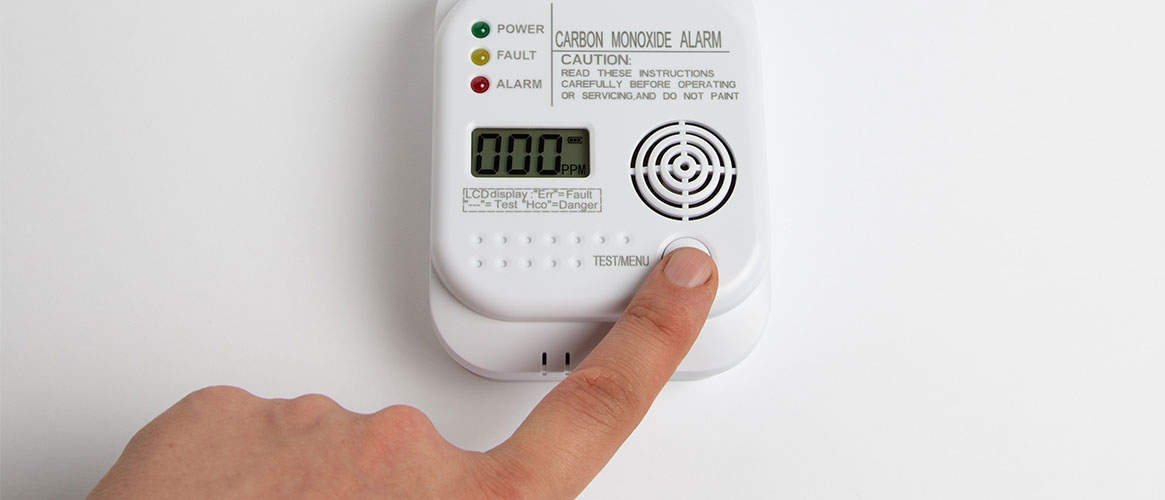Carbon Monoxide (CO) is a toxic, colorless, tasteless, odorless gas. It is created as a waste product of the incomplete burning of coal, wood, oil, and other petroleum based fuels like gasoline and propane. CO gas, although odorless, usually occurs in a combination of combustion by-products that have unique odors. The primary source is the internal combustion engine. CO gas is also generated in industrial operations such as auto repair, oil refining, steel, and chemical manufacturing.
Hazards of carbon monoxide
CO is a chemical asphyxiant, which means that it reduces the blood’s ability to carry oxygen. It can then get into the lungs and bloodstream and cause suffocation. Since it’s odorless, there may be no warning if toxic CO levels are present.
CO gas mixes very well with air and enters easily through walls and ceilings. It is also very flammable and may react very strongly with oxygen, acetylene, chlorine, fluorine, or nitrous oxide.
Symptoms of exposure include:
- Headaches
- Nausea
- Dizziness
- Weakness
- Rapid breathing
- Unconsciousness
- Worsen preexisting heart and artery disease
- Death
